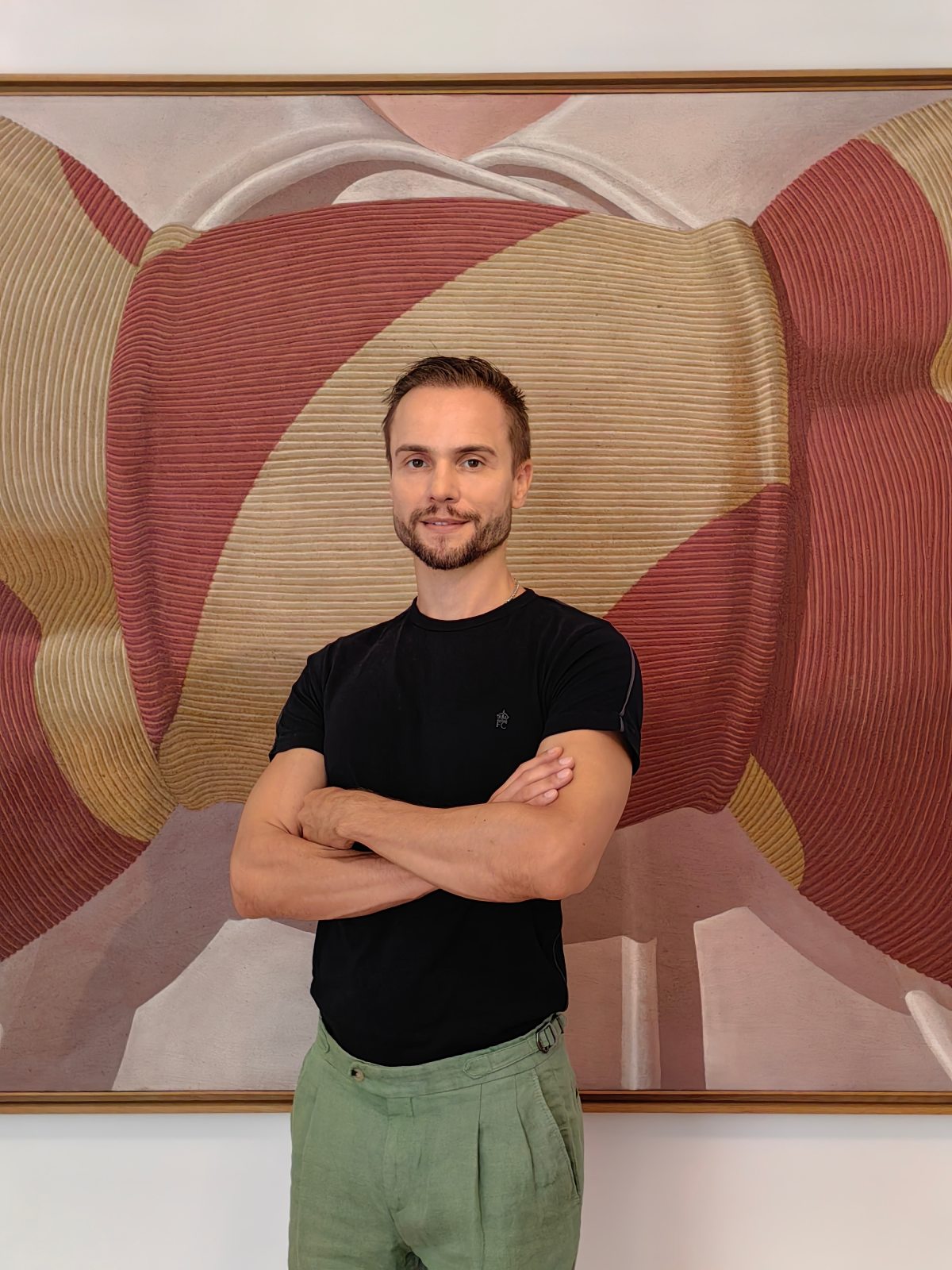In all souqs and bazaars of the Middle East the well-known finely ground green powder can be found: henna. But what was it used for, and why is it far more important than you might think?

Protecting and blessing
Henna is derived from the henna tree (Lawsonia inermis). The green powder, made by grinding its dried leaves, is used as colorant for fabrics, hair and body decoration. Henna isregarded as very efficient against jinn and brings blessing (baraka) to the wearer. This is why it is often used in body decoration. Its purpose is not just beautification, but it blesses and protects. The henna night for example, when a bride is elaborately taken care of, is not just an event before the wedding to beautify the bride – it is a substantial part of the wedding itself, where the bride is protected and blessed during her transformation from unmarried girl to married woman.Every region, tribe or family had its own henna language, telling and retelling stories when applying patterns. A similar deeper meaning is present in other ingredients for body decoration, such as saffron. Saffron mixed with mahlab, camphor or ‘ūd oil in a scented paste was used in the United Arab Emirates on festive occasions. A bowl with the paste was offered to guests, who applied it to their face with their fingers. The yellow hues so characteristic of saffron are also found in hurd or curcuma (Curcuma longa), used in a yellow paste that was used for many purposes in Yemen. It protected the skin from the sun, nourished and perfumed it, but was also used as the first layer of festive body transformation and was rubbed into the skin of a new mother for 40 days, to help her recover after giving birth.

Hair
Henna is added to boiling water and worked into a paste that is applied to the hair, left in for some time and rinsed out. Henna not only colours the hair with a warm reddish colour, but also nourishes and adds shine. It is used throughout the Arab world, but the most impressive use of henna as hair styling product is in Morocco. Here, several aromatic ingredients were added to henna powder to perfume the hair: cloves and rose petals were two of these. Contrary to general use of henna, in Morocco the henna-paste was not rinsed after applying. Instead, it was used to model the hair in sometimes complicated coiffures. Each tribe has its own signature hairdo, achieved by plaiting, twisting, curling and bundling the hair in various structures. The paste was left to dry, after which it would pulverize and fall out. All of these scented pastes inevitably ended up in ornaments worn in the hair as well. The brownish, seemingly insignificant patches resembling dirt that are sometimes still present on a hair jewel, stuck between beads or in the openings of a shell, may very well be the tangible residue of a festive occasion and the very personal processes of preparing the self.

Legacy
As the above examples illustrate, what is often described as ‘body decoration’ or ‘hair care’ is the many-layered visible and olfactory aspect of a transformative process. The individual components of these paint mixtures carried meaning: a specific colour protected and blessed, the added scents amplified these qualities. The act of preparing and applying was in itself an intimate transformation ritual, where history, blessing and kinship materialized in colour, scent and designs. The patterns on the skin went deeper than the surface: they blessed, retold stories kept in a collective memory, and connected generations, as did the colours and patterns in dress and jewellery along with the fragrances added to both. Together, they formed an aesthetic that extended far beyond pleasing the senses.

This article is based on my forthcoming book ‘Silver and Frankincense. Scent and personal adornment in the Arab world’, which will appear in May with Blikveld UitgeversPublishers. You are invited to explore this rich and colourfulworld further on www.bedouinsilver.com and follow me on my jewellery journeys on Instagram @bedouinsilver




